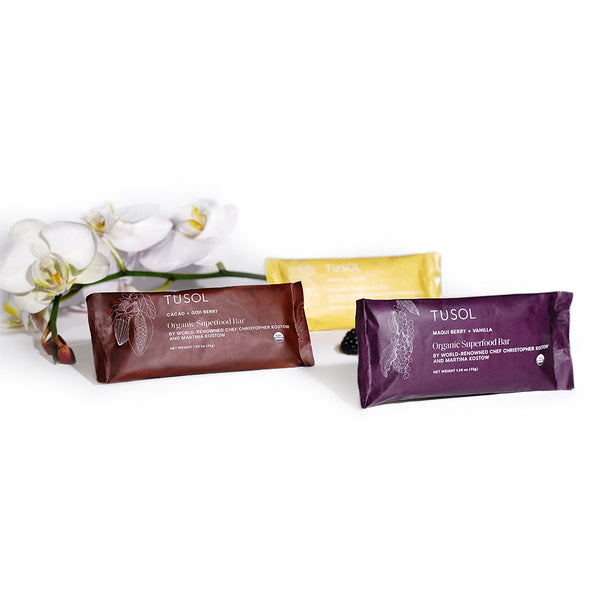In recent months, it seems like everyone is ditching traditional workouts and hopping onto the Pilates bandwagon. From celebrities to your next-door neighbor, the Pilates fever is real, and we're here to spill the beans on why this fitness trend is taking the world by storm. Get ready to discover the three different kinds of Pilates, the pros and cons, the origins of this transformative exercise, and what research has to say about the benefits.
1. The Pilates Renaissance: What's the Hype All About?
Move over, generic workout routines – Pilates is in town, and it's bringing a whole new level of fitness to the table. The surge in popularity can be attributed to Pilates being a low-impact, full-body workout that focuses on core strength, flexibility, and overall muscle tone. But what's truly captivating fitness enthusiasts worldwide?
- Core Engagement Like Never Before: Research published in the Journal of Sports Medicine and Physical Fitness suggests that Pilates significantly improves core strength and stability. This isn't just about sculpting abs; it's about building a resilient foundation for overall physical well-being.
- Mind-Body Connection: A study in the Journal of Dance Medicine & Science found that Pilates fosters a stronger mind-body connection compared to traditional exercise. The intentional movements and focus on breath create a meditative experience, reducing stress and improving mental clarity.
- Adaptable for All Fitness Levels: According to a study in the Journal of Bodywork and Movement Therapies, Pilates is adaptable for individuals of all fitness levels. Beginners can start with foundational exercises, while advanced practitioners can challenge themselves with intricate movements, ensuring a workout that evolves with you.
2. The Pilates Trio: Mat, Reformer, and Cadillac
Pilates offers a smorgasbord of options, each catering to different preferences and fitness goals. Let's dive into the three main types of Pilates and explore what sets them apart:
- Mat Pilates: The OG of Pilates, Mat Pilates is the most accessible form, requiring nothing but your trusty exercise mat. A 2018 study in the Journal of Exercise Rehabilitation found that Mat Pilates improves muscular strength, flexibility, and balance, making it an excellent starting point for beginners.
- Reformer Pilates: Enter the Reformer – a bed-like frame with a sliding carriage and adjustable springs. A review in the Journal of Physical Therapy Science highlights the efficacy of Reformer Pilates in enhancing muscle strength, especially in the core and lower body, making it a dynamic and effective choice for those seeking a challenge.
- Cadillac Pilates: For the ultimate Pilates experience, the Cadillac (or Trapeze Table) is your go-to apparatus. A study in the Journal of Sports Science & Medicine emphasizes that Cadillac Pilates provides a comprehensive approach to fitness, promoting both strength and flexibility through its versatile equipment.
3. Pros and Cons: Is Pilates the Holy Grail of Fitness?
Like any fitness trend, Pilates comes with its own set of pros and cons. Let's break it down:
- Pros:
Improved Core Strength: Pilates is unrivaled in its ability to strengthen your core, resulting in better posture and reduced back pain, as supported by a systematic review in the Journal of Orthopaedic & Sports Physical Therapy.
Enhanced Flexibility: Through controlled movements and stretches, Pilates promotes increased flexibility and joint mobility, according to a study in the Journal of Physical Therapy Science.
Low-Impact: Perfect for those with joint issues, Pilates is gentle on the body while delivering a powerful workout, as suggested by research in the American Journal of Lifestyle Medicine.
Mind-Body Connection: The emphasis on concentration and precision fosters a strong mind-body connection, promoting mental well-being, as indicated by a study in Complementary Therapies in Medicine.
- Cons:
Pricey Equipment: While mat Pilates can be done at home with minimal equipment, Reformer and Cadillac workouts may require a pricey investment in equipment or studio memberships, as acknowledged in a study in the Journal of Physical Therapy Science.
Not Ideal for Cardio Junkies: If you're a cardio enthusiast, Pilates may not provide the heart-pounding intensity you crave, according to findings in the Journal of Exercise Rehabilitation.
Slow Progress for Muscle Building: For those solely seeking muscle hypertrophy, Pilates might not be the fastest route to bulging biceps, as suggested by research in the European Journal of Applied Physiology.
4. The Origins of Pilates: A Brief Journey into History
Pilates isn't just a 21st-century fitness fad – it has roots that date back to the early 20th century. Developed by German-born Joseph Pilates, the method was initially called "Contrology." Joseph Pilates designed this system during World War I to rehabilitate wounded soldiers and later brought it to the United States.
The essence of Pilates lies in its holistic approach, emphasizing the integration of the mind, body, and spirit. Today, Pilates has evolved and adapted to contemporary fitness needs, becoming a staple for those seeking a balanced and mindful approach to exercise.
5. What to Expect If You Do Pilates:
Embarking on a Pilates journey promises a range of benefits, both physical and mental. Here's what you can expect if you decide to incorporate Pilates into your fitness routine:
- Improved Posture: The focus on core strength and alignment in Pilates translates into better posture, reducing the strain on your back and joints.
- Enhanced Flexibility and Range of Motion: Pilates incorporates dynamic stretching, promoting flexibility and improving your overall range of motion.
- Stronger Core Muscles: The core is the epicenter of Pilates, and regular practice will lead to toned and strengthened abdominal, back, and pelvic floor muscles.
- Increased Body Awareness: Pilates cultivates a heightened sense of body awareness, allowing you to move with precision and control.
- Stress Reduction: The mindful nature of Pilates, coupled with controlled breathing, can contribute to stress reduction and improved mental well-being.
In conclusion, the Pilates obsession is not just a passing trend; it's a well-founded fitness revolution with roots in history and a plethora of research-backed benefits. Whether you choose Mat, Reformer, or Cadillac Pilates, the journey promises a holistic transformation that goes beyond physical appearance. So, grab your mat or hit the reformer – it's time to join the Pilates party and sculpt your body and mind with this transformative exercise!














